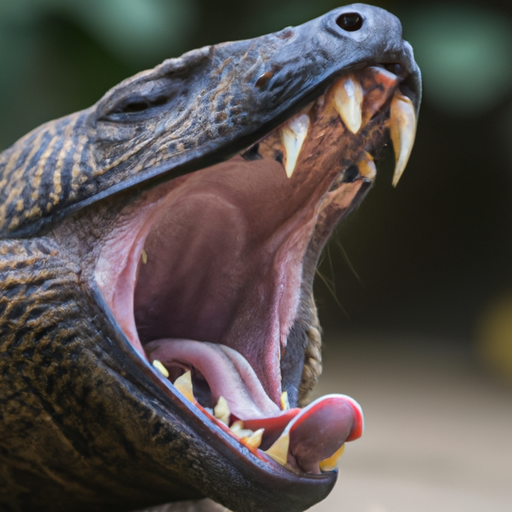 Introduction:
Introduction:
Yawning is a fascinating and universal phenomenon that captures the attention of both scientists and laypeople alike. This involuntary, contagious act has intrigued researchers for centuries, prompting them to question whether all animals experience yawning. In this comprehensive article, we delve deep into the animal kingdom, examining various species and their yawning behaviors. From mammals to birds, reptiles to fish, and even invertebrates, we explore the captivating world of yawning across the animal kingdom.
1. Yawning in Mammals:
Mammals, being the closest relatives to humans, exhibit yawning behavior that is most familiar to us. Numerous studies have confirmed yawning in various mammals, including dogs, cats, horses, cows, and primates such as chimpanzees and gorillas. These yawning episodes often serve as social cues or communication signals within their respective groups, indicating fatigue, stress, boredom, or as a means of bonding.
2. Yawning in Birds:
Birds, despite their unique physiology and lack of diaphragm, are also known to yawn. Avian yawning typically involves opening their beaks wide and emitting vocalizations. While the function of yawning in birds is not yet fully understood, it is believed to play a role in regulating brain temperature, stretching muscles, and potentially facilitating communication during courtship or dominance displays.
3. Yawning in Reptiles:
Reptiles, including snakes, lizards, and turtles, have been observed yawning as well, although less frequently than mammals or birds. Yawning in reptiles often occurs during periods of thermoregulation, allowing them to adjust body temperature. Additionally, it may also serve as a mechanism to align the jaws or facilitate digestion after consuming large prey.
4. Yawning in Fish:
Fish, despite their aquatic nature and different respiratory systems, have been observed yawning. However, their yawning behavior is less studied and understood compared to other animal groups. It is believed that fish yawning may be related to oxygen intake or social signaling. Further research is required to gain a more comprehensive understanding of this behavior in fish species.
5. Yawning in Invertebrates:
While it may be surprising, even some invertebrates exhibit yawning-like behaviors. Although their yawns may not resemble those of vertebrates, some insects, such as beetles and bees, exhibit an opening and closing of their mandibles, which is believed to be a form of yawning. The purpose of this behavior in invertebrates remains largely speculative, requiring further investigation.
Conclusion:
In conclusion, yawning, once thought to be limited to humans and a few other mammals, has been observed in a wide range of creatures across the animal kingdom. From mammals to birds, reptiles to fish, and even invertebrates, yawning appears to be a ubiquitous phenomenon. While the exact purpose and function of yawning in different species remain an ongoing area of study, it is increasingly evident that yawning serves various physiological, social, and potentially communicative purposes. As scientists continue to unravel the mysteries behind this curious behavior, we gain a deeper appreciation for the interconnectedness of all living beings.
